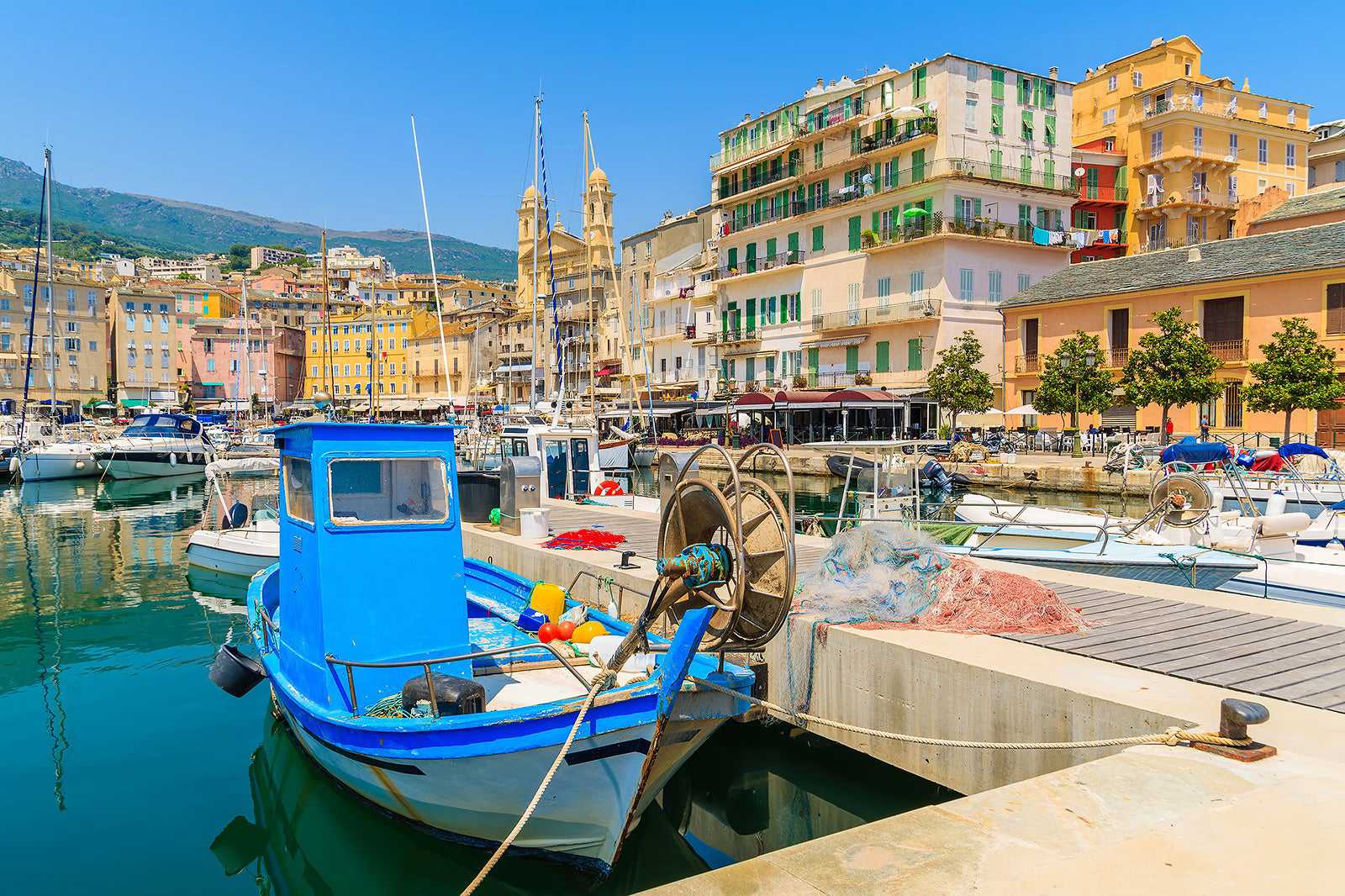The mistakes people make when visiting Corsica mostly revolve around planning for the trip and potentially missing out on a few top highlights. Even though Corsica is an island, it’s quite vast and offers plenty of things to see. If you plan a short trip, you’ll be missing out on a lot.
Here, we share with you some of the most common things to avoid if you have Corsica – and its beautiful sandy beaches – on your mind. Read on and find out how you can help make your upcoming trip enjoyable and hassle-free.
- 1
Planning a short stay
2 nights is hardly enough to see the best of Corsica

Corsica is the 4th-largest island in the Mediterranean, after Sicily, Sardinia, and Cyprus. Its coastline stretches for a total of 1,046 km, with over 200 gorgeous beaches. With that being said, a ‘short visit’ wouldn’t grant you enough time to see the many highlights of the 8,700-sq-km island as they’re situated far and wide.
Devote at least 1 week to cover everything, from the beaches of Rondinara and Palombaggia and charming towns such as Porto-Vecchio and Bonifacio. You can explore Corsica's rugged and mountainous interior on famously scenic hiking trails.
- 2
Staying only in one spot
Make the most of your island exploration

With Corsica’s great geographical variety comes plenty of options for where to stay and fully experience the island’s different offerings. Instead of just booking a stay in a single area, you might want to include other places on your itinerary.
There’s Porto-Vecchio with its south-coast scenery, but you might also want to consider booking Ajaccio on the west coast to take in some of the island’s history and learn about Napoleon’s birthplace. On the far north of Corsica, Bastia is a must-visit for wine lovers, especially for a sip of its fine and aromatic Cap Corse.
- 3
Not renting a car
Public transport in Corsica is close to non-existent

Getting around Corsica by public transport – buses being the main form – can be impractical. They mostly serve the larger towns with irregular schedules. The Trinicellu (little train) narrow gauge railway system that dates back to the mid-19th century conveniently stretches across the island from Calvi in the northwest to Bastia in the northeast and Ajaccio in the south.
Renting a car remains the most convenient way of discovering more of the island whenever you want and without limited tracks. In Corsica, drive on the right-hand side, always wear your seatbelt, and bring all proper documentation while travelling. There are miles of scenic routes all over the island, some with steep, hairpin bends. Try the Bastia–Bonifacio stretch between the Route Territoriale 11 (T11) road for a long, straight, and scenic journey.
- 4
Not using a map
Road signs are bilingual – but in French and Corsican

When exploring Corsica on 4 wheels, make sure you have a map to help guide you along the way. The road signs all over the island are in French and local Corsican – though sometimes the French half is spray-painted by vandals.
Map apps may prove useful only if your smartphone has a good internet connection when you travel to rural areas. Also, note that your car rental’s GPS may lead you through the more winding and hilly roads instead of along the straight and scenic coastal Route Territoriale roads.
- 5
Not exploring the small Corsican villages
Quaint countryside and gorgeous beachfronts with lively towns to discover

It’s worth travelling outside the comfort of your resort in Ajaccio or Bastia to discover the charming towns and villages around Corsica. On the coasts, the small harbour town of Centuri is a good start as it’s among the most picturesque villages on the island with a seascape of pebbled beaches and tiny islands on its crystal-blue bay. Algajola is home to a 16th-century fort on the waterfront with long, sandy beaches.
Venzolasca offers hilltop views and historic highlights. Soveria has a mountainous landscape dotted by quaint homes and buildings. One that’s unique is Cargese, which is a Corsican town that has a distinctly Greek feel to it. These are just a few of the many charming villages you can discover – each has its distinctive character, scenery, history, and local culture.
- 6
Missing the local markets
Treat yourself to great bargains, local goods, and cultural encounters

Visiting Corsica’s traditional farmers’ markets is a great way to experience local life. Try some homemade honey or fine local wines and buy some for the kitchen or folks back home.
A good start is in the commune of L'Ile Rousse, with its covered morning marketplace that hosts various stalls. You can find just about everything, from fresh bounties from the Mediterranean Sea to local charcuteries and locally-harvested fruits. Both Ajaccio and Bastia feature daily fresh markets where you can hunt for Corsican specialities.
- 7
Being unaware of siesta shop hours
Good to know for shoppers

Corsica’s way of life is influenced by its climate. One that the Mediterranean climate has brought to the lives of Corsicans is siesta (afternoon rest) during the hottest hours of the day.
Shops and most businesses close from noon to 4 pm, then reopen from 4 or 5 pm until as late as 11 pm. Arrange your shopping trips accordingly, so you won't find yourself staring at closed doors.
- 8
Missing out on the heritage sites
Sights and experiences of a lifetime

Corsica is known for is its superb natural landscapes and collection of heritage sites. They’re simply not to be missed on your visit to the island.
A standout is the UNESCO-listed Gulf of Porto with its breathtaking granite cliffs and colourful pebble beaches. The striking red granite cliffs of Calanques de Piana is also a sight to behold. The hamlet on the Gulf of Girolata is overlooked by a Genoese fort – you’d have to get there by boat. The gulf is part of the west coast Scandola Nature Reserve, located inside the Corsica Regional Park.
- 9
Not packing right for the weather
Prepare for cool or hot weather, depending on your time of visit

From January to March, it can get chilly in Corsica with occasional rain. It’s best to include warm clothes in your baggage, such as long sleeves and a fleece jacket. It gets fairer in April and balmier in May, so you may want to pack lighter clothes if you're travelling in these months.
June starts to get warm in Corsica. Besides packing light and breathable clothes, you may also want to bring sunscreen. July and August are generally the hottest months on the island. Temperatures start to go down again in October.
- 10
Underestimating the GR20 hiking trail
It’s among the world’s toughest trails

Corsica draws many hikers and the adventurous type to its many stunning mountain trails. Many are also tempted to conquer the GR20 – often labelled as ‘Europe’s toughest hiking trail’. Others know it as among the world’s ‘hardest long-distance trails’.
Even so, you can get a taste of the GR20 as a beginner, particularly on the easier parts of the route that are easy to walk and without many technical aspects involved. One thing for sure is you must be physically fit, have the proper gear and preparations, and simply avoid hiking in rainy weather when it can get treacherous.



















